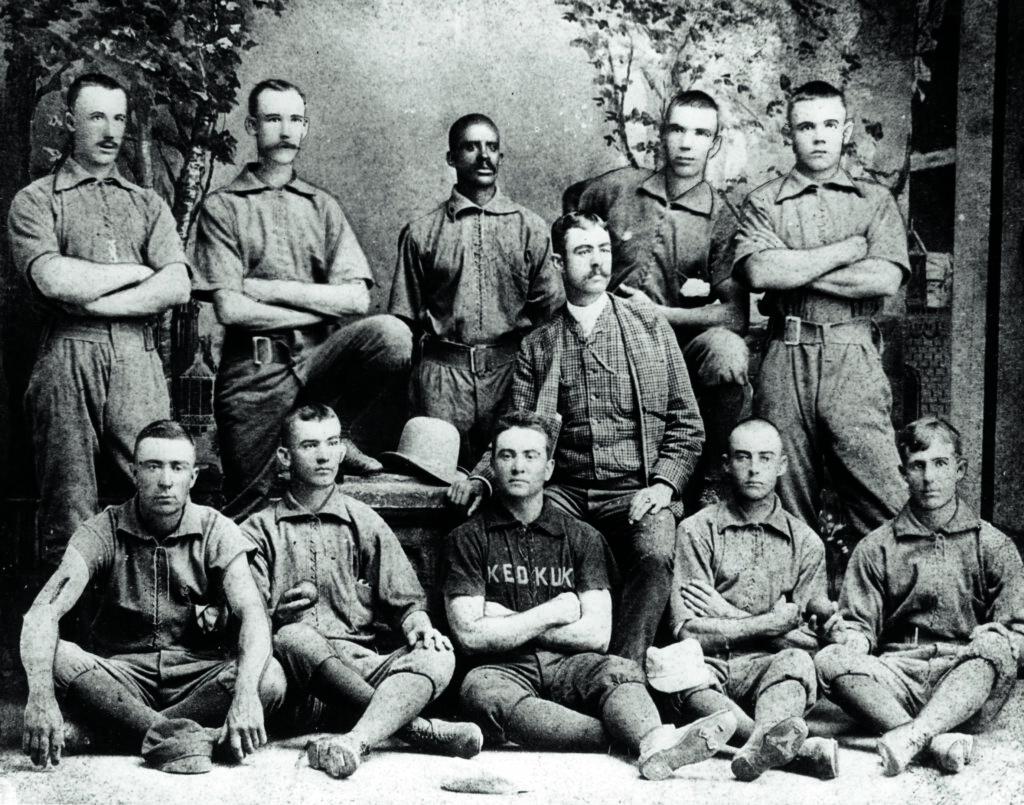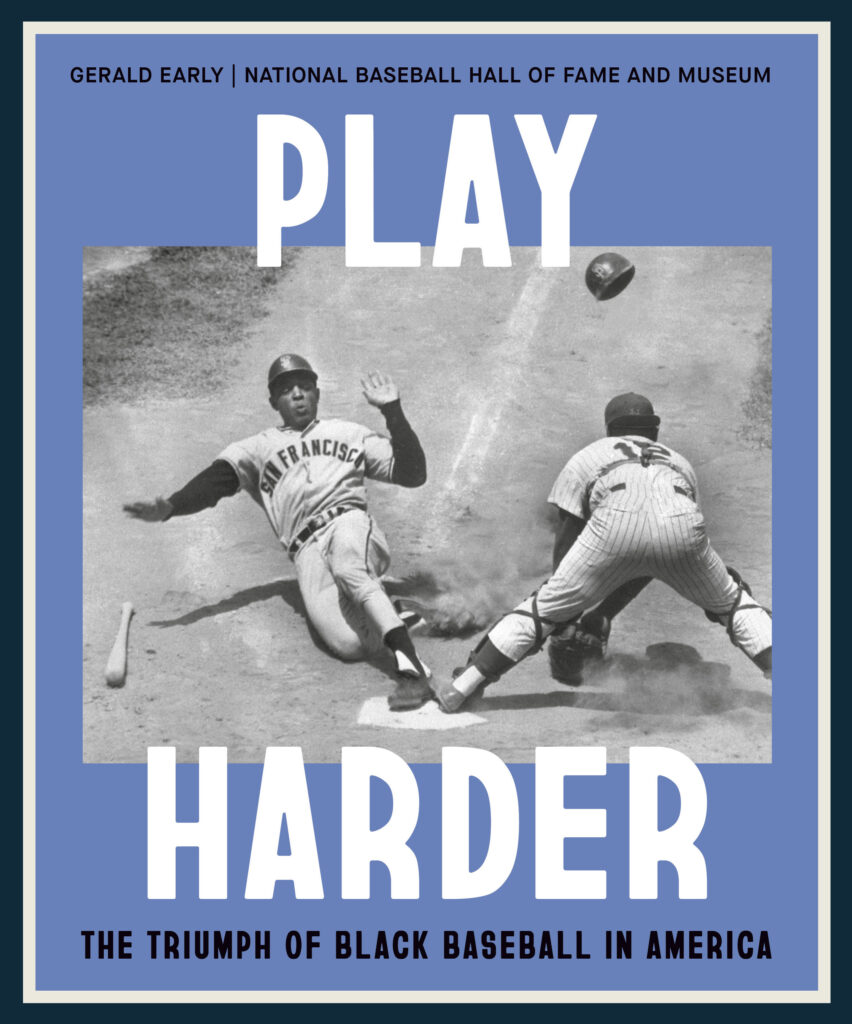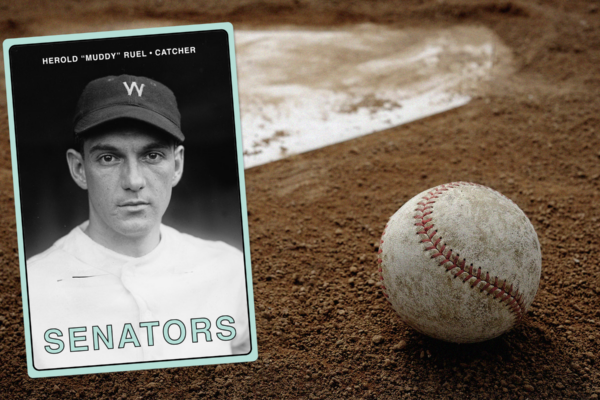
Frederick Douglass disapproved of base ball (as the name was written in the 1860s). To the great abolitionist, who had escaped enslavement in 1838, sports — alongside fiddling, dancing and drinking whiskey — seemed frivolous. Time was better spent advancing the cause of freedom.

But Douglass’ youngest son, Charles, loved the game. After the Civil War, while working in the Freedman’s Bureau in Washington, D.C., Charles helped organize a Black team, the Alerts. In 1867, Frederick attended a match and soon began raising funds. He donated money and encouraged Black Washingtonians to do the same. He started playing catch with his grandchildren.
“Douglass’ support gave Black baseball an imprimatur of race approval,” wrote Gerald Early in “Play Harder: The Triumph of Black Baseball in America.” Far from frivolous, Black ballplayers came to be seen “as entrepreneurs, as ‘manly’ (which they were not when enslaved), as supporting a meritocracy and having standards of excellence, as being role models to Black children.
“They were also playing the American game and thus underscoring their identification as American,” Early added. In the years after the Supreme Court’s infamous Dred Scott decision, which held that Blacks could not be citizens, “such a claim was not to be taken lightly.”
‘The Souls of the Game’
Early, the Merle Kling Professor of Modern Letters in Arts & Sciences at Washington University in St. Louis, is a widely published author and one of the nation’s sharpest observers of the intersections of race and sports. Over the last several years, he also has served as a curatorial consultant to the National Baseball Hall of Fame and Museum in Cooperstown, N.Y.

In 2024, the Hall of Fame debuted “The Souls of the Game: Voices of Black Baseball,” a thoughtful and moving reinstallation of its Black baseball galleries. The exhibit unfolds through artifacts, interactive displays and — critically — through extensive quotations from players, managers, team owners and fans.
“Play Harder” is a companion to that exhibition. Beginning in the 19th century, Early chronicles the rise of Black baseball from Reconstruction to World War II, with a special emphasis on the formation of the Negro Leagues. Later chapters examine the role of baseball during the civil rights era and amid the Black power movement; the relationships between Black and Latino players; the birth of free agency; and the state of the game today.
Interspersed throughout are spotlight essays by Early as well as contributors Larry Lester, Leslie Heaphy, Shakeia Taylor, Scott Pitoniak and Courtney M. Cox. These examine topics such as barnstorming, the relationships between Black players and white sports writers, and links between baseball and hip-hop. Also included are profiles of, among others, Sol White, Black baseball’s first historian; Effa Manley, owner of the Newark Eagles; and Toni Stone, one of the few women to play in a professional men’s league.
“For a certain period, Black baseball was a world, a cosmos unto itself,” Early wrote. “For its adherents, it had the power of a religion.”
Aspiration and determination
Early said that for many Black players, the book’s title phrase was a form of self-motivation.
“’Play harder’ was an expression of aspiration, determination, willpower and courage,” he wrote. “It acknowledged the fierce demands of high-level athletic competition, as well as Black people’s difficult history in racist America with an uneven playing field in all walks of life.
“The old saying among Black folks was that one had to be twice as good to get half as far as a white person,” Early continued. “In this regard, ‘play harder’ could be considered a sort of motto, a two-word pep talk for Black people.
“It is my hope that the readers of ‘Play Harder’ will be forever grateful to the Black men and women who gave so much to our nation through this game,” Early added. “Walt Whitman was right: ‘the game of ball is glorious.’”
“Play Harder: The Triumph of Black Baseball in America” will be released April 28, 2025. It is published by the National Baseball Hall of Fame and Museum, in collaboration with Ten Speed Press, an imprint of Penguin Random House.


